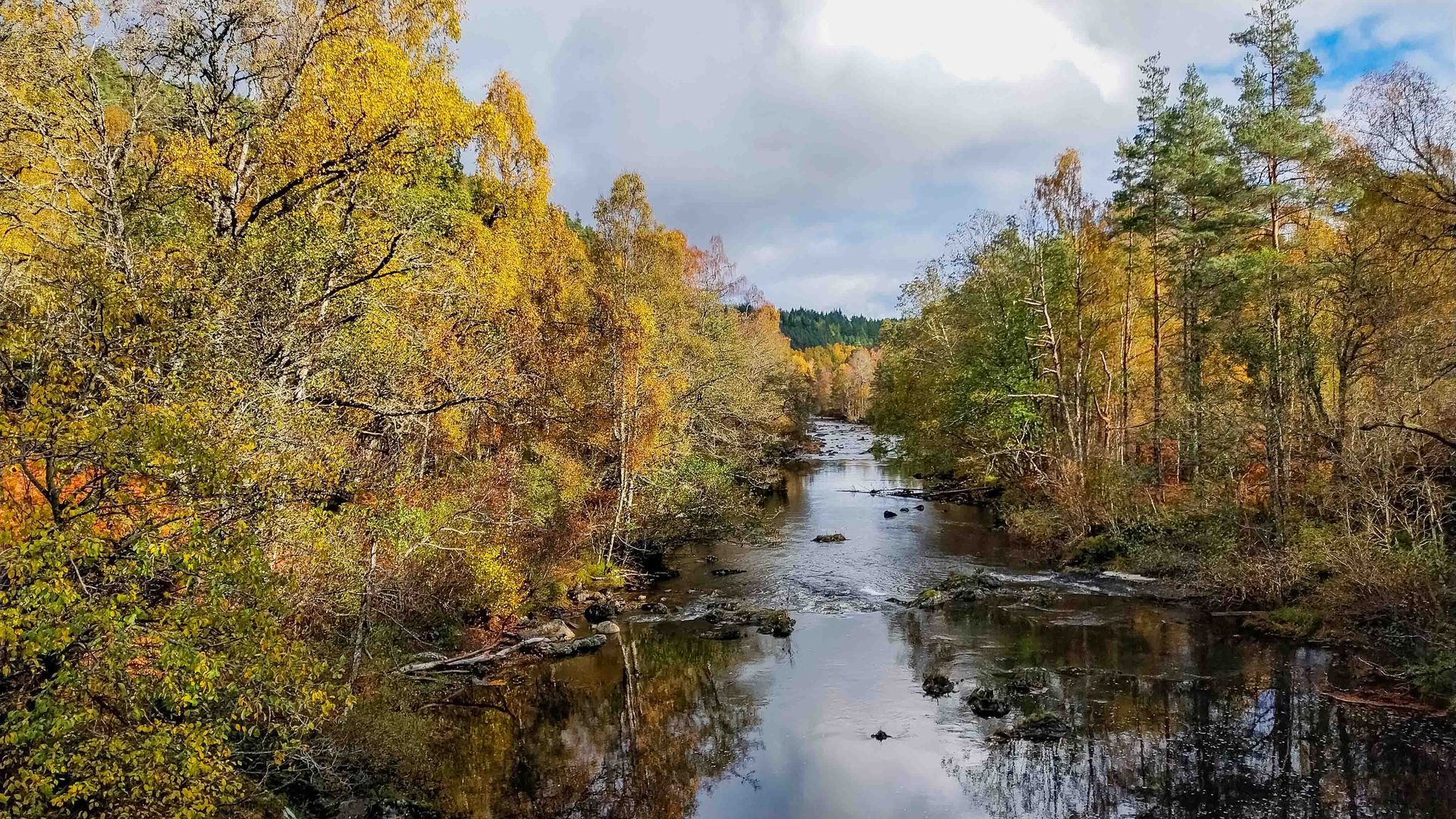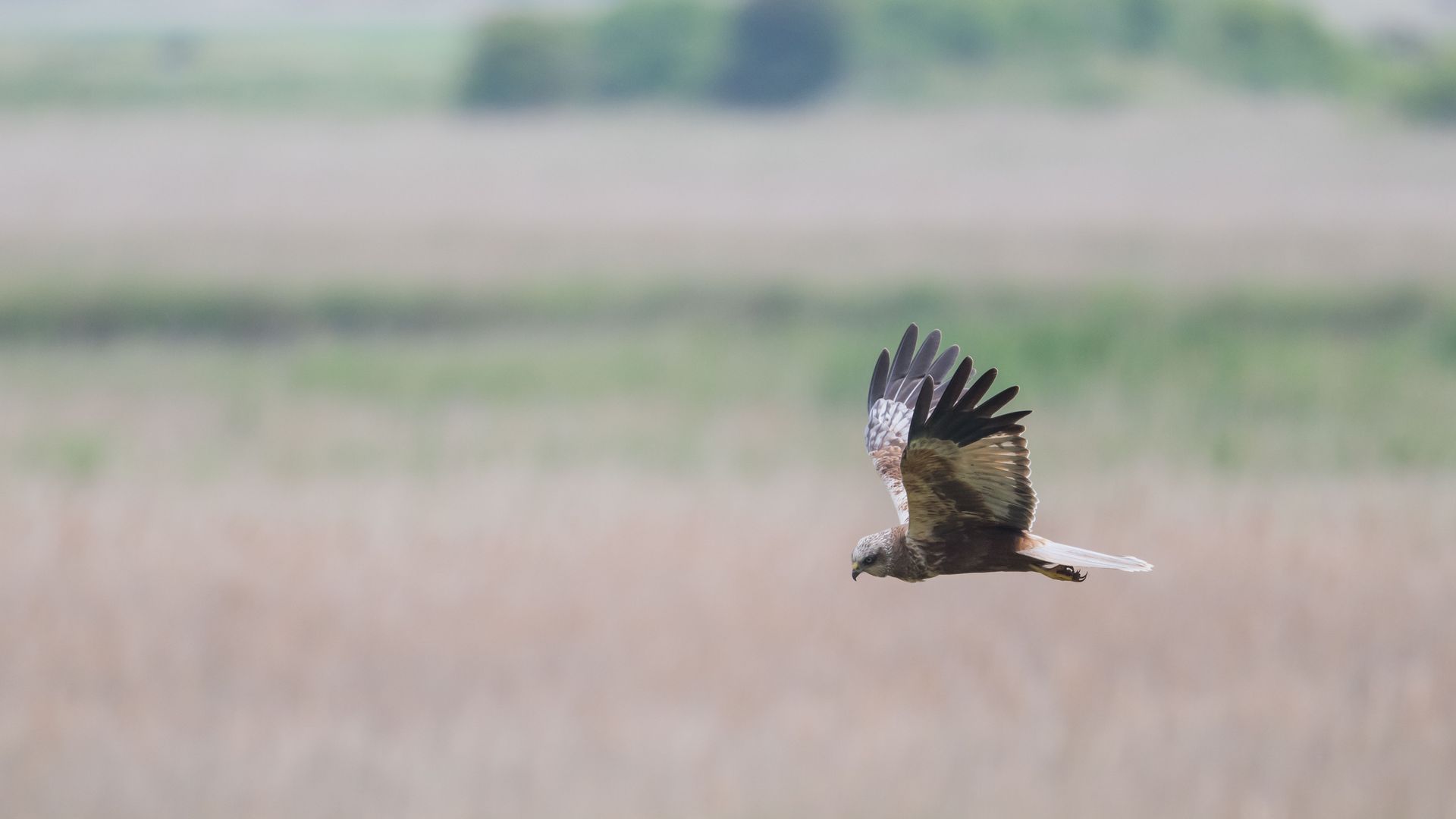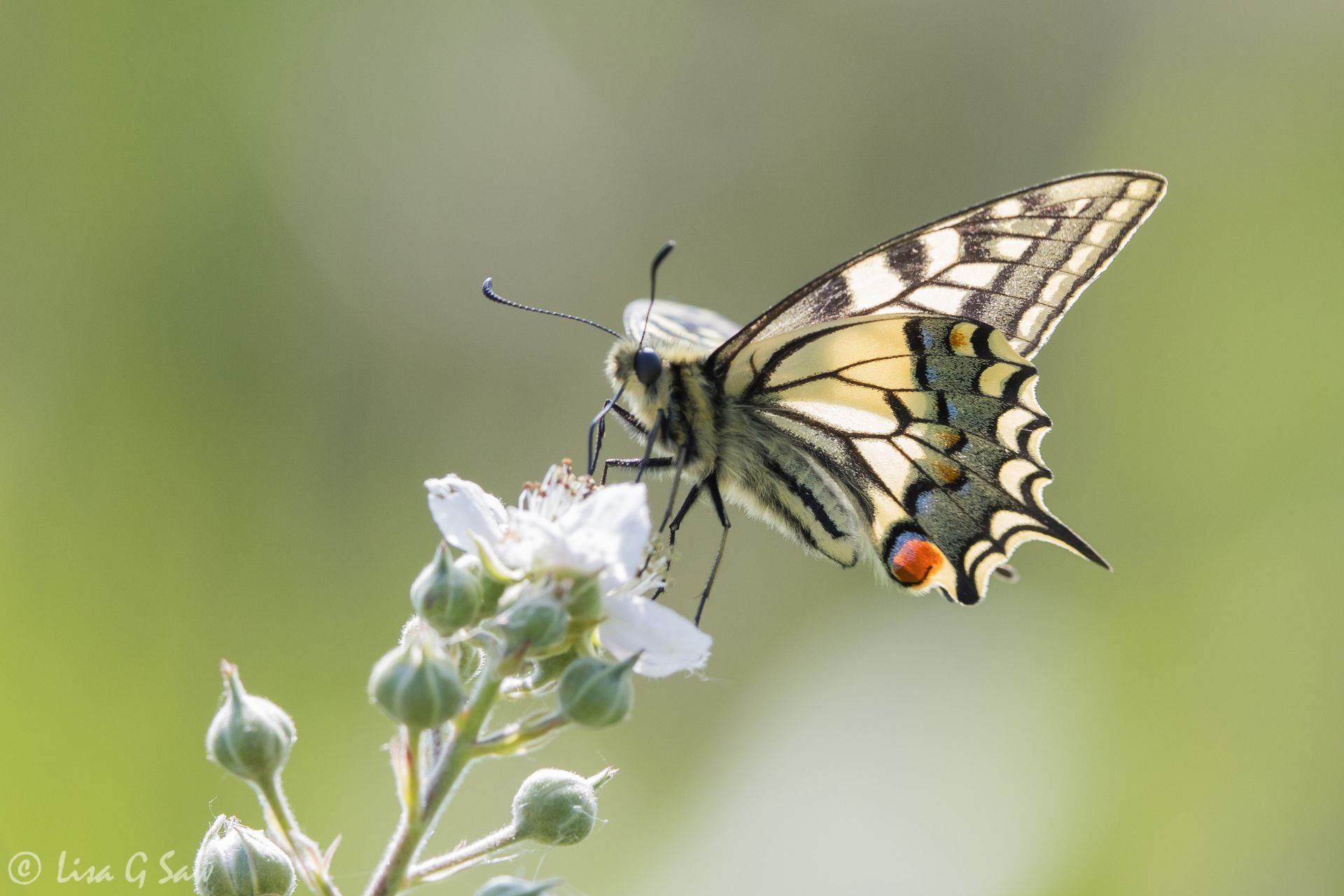Antarctica Day 1
PENGUIN ISLAND
We woke up to find it snowing heavily for the first time on our journey so far and I was thrilled. I love the snow! It seemed so fitting to be seeing the penguins in these cold conditions. We managed to get ashore in one of the first few zodiacs and stayed virtually until the last one, so we made the most of our landing and really enjoyed ourselves observing the penguins on the island and other wildlife. Sadly, there weren't any Adélie Penguin colonies to be found, but we saw a few Gentoo Penguins walking around.
It was important to remember to give them space to walk and not follow too closely behind, in case it was scaring them unnecessarily. Sadly, I noticed one young woman doing exactly that and she didn't seem to notice, or realise, the penguin was waddling along faster, to get away from her. It only made her speed up. Awareness is key. Getting a photo is not the top priority!
The majority of our time was spent observing the different behaviour of the Chinstrap Penguins. There were quite a few coming ashore at a particular place just down from the main colony. As I approached, I could see a row of people blocking the way forward for the penguins. Again, I don't think the people realised. This time, I instinctively called out, alerting them to the fact, and thankfully, they moved out of the way. Although there were usually staff members at various key places to point out such issues, they couldn't be everywhere and see everything going on.
It was interesting to watch some of the Chinstraps eating the snow!
There were a few incredibly dirty looking penguins. One almost looked like a rock!
But, once we'd walked higher up to the main colony, we could see why! The ice was all melted around them and the vast majority of the colony were muddy. There was a lot of noise. One penguin would raise up its beak towards the sky and started vocalising. Then, a few others would follow suit...and a few more. There was almost a constant chattering amongst themselves.
The snow became heavier and the Plancius, sitting in the bay, was harder to see.
Some of the group walked up to the higher point on the island, but as usual, Bob and I were more interested in staying where the wildlife was. We were simply in our element.
Soon after taking this photo, one of our group wandered off the trail a little, which he wasn't supposed to do. It wasn't just because the snow was often deeper and potentially dangerous, but it wasn't good for the penguins. Just a few minutes before, our tour leader was telling us how the penguins can get stuck in the deeper holes that our tread can make in the snow. It means they have to waste precious energy getting out of the holes. Whenever she spotted these deeper holes where people had walked, she would kick the snow and stamp around to make it more uniform, just in case an unsuspecting penguin came along that way. It wasn't something we had thought about, but was really good to learn.
It's so important to be mindful of our impact on nature, especially in a remote place like this. There isn't much flora so far south, but the little they have needs to be protected. So, we were advised to walk on the snow and not the bare areas of ground or rock, in case we were destroying the little vegetation there is.
For a while the snow eased off and it brightened up a bit - just enough for us to appreciate the glaciers across the bay. As we looked that way, we also spotted some seals on a small low lying iceberg, though we couldn't make out which species they were. Closer to us was a lone Gentoo, possibly looking for a way down to the beach.
We were hopeful that we'd eventually see a South Polar Skua, but so far we were only seeing Brown Skuas. There'd been one standing on a large boulder near the Chinstrap colony earlier, but when the snow eased I was pleased to see one flying near us.
When it came down to land, I noticed it's mate was on the ground already squarking away. Then soon after, I spotted one of them by a pool of water that looked mostly frozen over.
Just along from the Skua, three Gentoos walked down to the same pool, perusing their surroundings. They were possibly wondering what these strange tall creatures were walking around their island and watching them.
Then one of the group waddled off and started to drink some water. This is one of my favourite Gentoo photos.
Bob and I had walked the shorter circuit marked out for the group and found our way back to the beach, near where we'd first landed. Since we weren't ready to return to the ship yet, we decided to start the loop walk again, heading back towards the main Chinstrap colony following the coast. That's when I noticed this small stretch of beach and the black sand on it.
By the time we reached the colony, it was snowing again. I enjoyed watching a penguin moving some rocks into a pile. I'm not sure if he was trying to impress the one nearby. However, it doesn't look as though it was working.
The penguins also spend a lot of time preening.
One of my favourite moments of the morning was when I became enthralled watching a lone Chinstrap Penguin that had just come ashore and was hopping from rock to rock.
After it had walked away, I noticed the prints it had left in the snow and took a photo of them.
To get back to the zodiacs, we had to walk past this rather large Antarctic Fur Seal, and I tried to give it a wide berth, however, it didn't seem very happy as I approached. He had been lying down, but it rose up on its flippers vocalising and then turned to look at me, as if to say, "Back off! This is my beach!" I swiftly moved on, not wanting to aggravate it further.
On our way back to the ship, we detoured over to the low flat iceberg that we'd seen from land, to see the two seals hauled out on the top. It turned out they were Leopard Seals. It was great to see them up close out of the water, but, since they were both sleeping, I didn't take particularly great photos.
ZODIAC CRUISE
After lunch, the weather didn't improve, so rather than do another landing, we stayed in the general area and had a zodiac cruise instead. A Humpback Whale was spotted fairly near us, but was just below the surface, so we didn't know where it had gone or when it would resurface. My eyes were scouring the water looking for any spurts of water. Suddenly, I spotted the whale when it came up again. We had a lovely fairly close view of it as it prepared to dive down deep, showing off its characteristic humped back and small dorsal fin. Lastly, the tail came up just before it disappeared from sight. It was amazing to have such a good view from sea level.
One of the highlights of the zodiac cruise was finally seeing some Adélie Penguins. This was our seventh and final species of the trip. There weren't many of them, and they weren't easy to observe, let alone photograph, as they walked along the coast partially hidden by snow. As per usual, the constant bobbing up and down on the water made life so challenging in the zodiacs. But, we were thrilled to see them.
We heard, via radio, that some were coming down to the water. One of the other zodiacs were ahead of us and had a great view apparently. Our boat was manoeuvred around the rocky point and I was hoping we'd have better views ourselves. At first, the large boulders made it difficult to see them, but then three came out into the open. I was thrilled. To be honest, I'm amazed this photo came out as well as it did. They were gorgeous. They're such an elegant penguin with so few markings, just a white eye ring and a black head and back. This really made my day!
We then went over to check out some of the icebergs nearby. Someone else took a photo of our zodiac (below). Bob and I were in the front either side, on the left in the photo.
As we were starting to make our way back to the ship, I spotted a Leopard Seal on a different iceberg to earlier. Thankfully, our driver made a detour to see it. This one wasn't sleeping and we had some fabulous views of it.
We also went past the earlier iceberg, and that Leopard Seal was still sleeping!
This was the perfect end to an amazing day. The fact it was snowing was the icing on the cake. It really made for more atmospheric photos. Perhaps a little surprisingly, I hadn't even thought about the possibility it might be snowing down on the frozen continent - probably because we were heading into the summer and I was expecting more sunshine. But, the Antarctic is anything but predictable.
Next post in the series: Antarctica Day 2!
To see a smaller selection of my favourite photos from the holiday, click here.



